Astronomers say this neutron star is the most massive one ever found – USA TODAY
CONNECTCOMMENTEMAILMORE
Astronomers have measured what they believe is the most massive neutron star ever seen, and it’s “almost too massive to exist.”
Neutron stars are what remains when a star goes supernova and dies, making them some of the densest objects in the universe second only to black holes. Just a sugar cube’s worth of neutron star material would have a mass of 100 million tons on Earth, according to a statement released Monday by the Green Bank Observatory.
This rapidly rotating pulsar, called J0740+6620, has a mass of 2.17 times that of our sun stuffed into a sphere only 18 miles wide, according to the statement. Finding a star of that mass was “exciting and startling for sure,” said Thankful Cromartie, a graduate student at the University of Virginia and Grote Reber pre-doctoral fellow at the National Radio Astronomy Observatory in Charlottesville, Virginia.
“It’s surprising because a lot of theories didn’t expect it to be possible,” said Cromartie, who studies about 70 pulsars all across the sky. “With this measurement we’re really creeping up to what is probably the theoretical maximum.”
‘Like Pac-man’: Scientists detect a black hole swallowing a neutron star
The star, which is 4,600 light years from Earth, is so massive that it is “teetering on the edge of existence” meaning that its approaching the limits of how massive and compact an object can be before it crushes itself into a black hole
“Neutron stars have this tipping point where their interior densities get so extreme that the force of gravity overwhelms even the ability of neutrons to resist further collapse,” said Scott Ransom, study co-author and an astronomer at the National Radio Astronomy Observatory, in a statement. “Each ‘most massive’ neutron star we find brings us closer to identifying that tipping point and helping us to understand the physics of matter at these mind-boggling densities.”
The object is also a rapidly spinning pulsar, meaning that it emits twin beams of radio waves from its magnetic poles that sweep across space like a lighthouse. Cromartie explained that researchers were able to calculate the mass by studying the delay that occurs when the pulsar passes behind a nearby white dwarf star, a phenomenon known as the Shapiro Delay.
Is it habitable or glacial?: Astronomers have discovered a ‘super-Earth’ just 31 light-years away.
Cromartie added that the reason this finding is important is because scientists still don’t understand the way matter behaves deep inside neutron stars. Researchers said they are trying to determine if the crushed neutrons become a type of “superfluid” or if they breakdown into a “soup of subatomic quarks or other exotic particles.”
“They’re these extremely exotic objects,” Cromartie said. “There’s no way to study that on earth. We can’t create a neutron star in a lab.”
Researchers published their findings in the peer-reviewed journal Nature Astronomy. Cromartie said she hopes to continue to observe the pulsar with other powerful telescopes to help refine its mass and determine its radius.
“This is a really inaccessible part of physics,” she said. “The fact that we can observe these neutron stars via pulsar timing is a pretty incredible testament both to those objects and to the power of astrophysics.”
Unexplained phenomenon: The black hole at the center of our galaxy just lit up twice as bright as ever. Who knows why
Follow N’dea Yancey-Bragg on Twitter: @NdeaYanceyBragg
CONNECTCOMMENTEMAILMORE
Read or Share this story: https://www.usatoday.com/story/news/nation/2019/09/18/astronomers-found-most-massive-neutron-star-ever-discovered/2356833001/
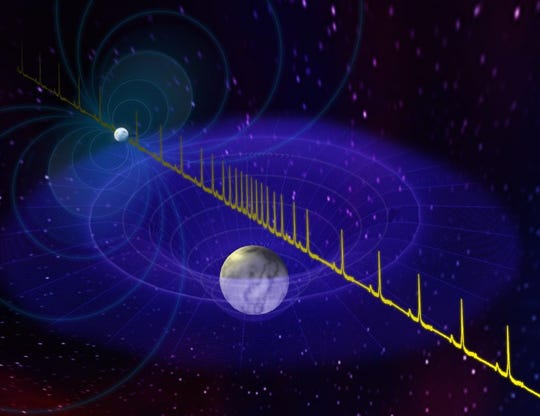


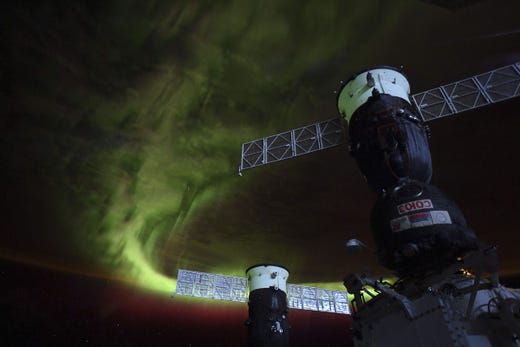









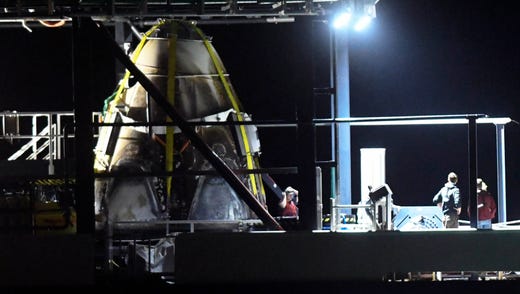






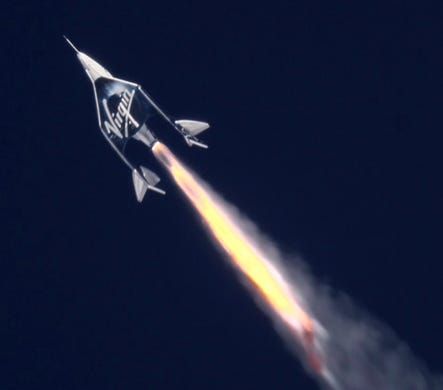



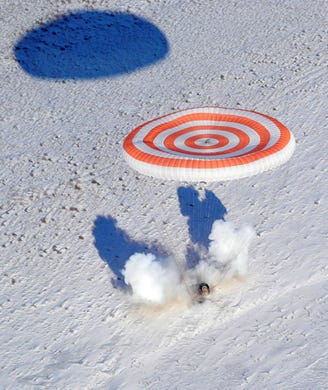




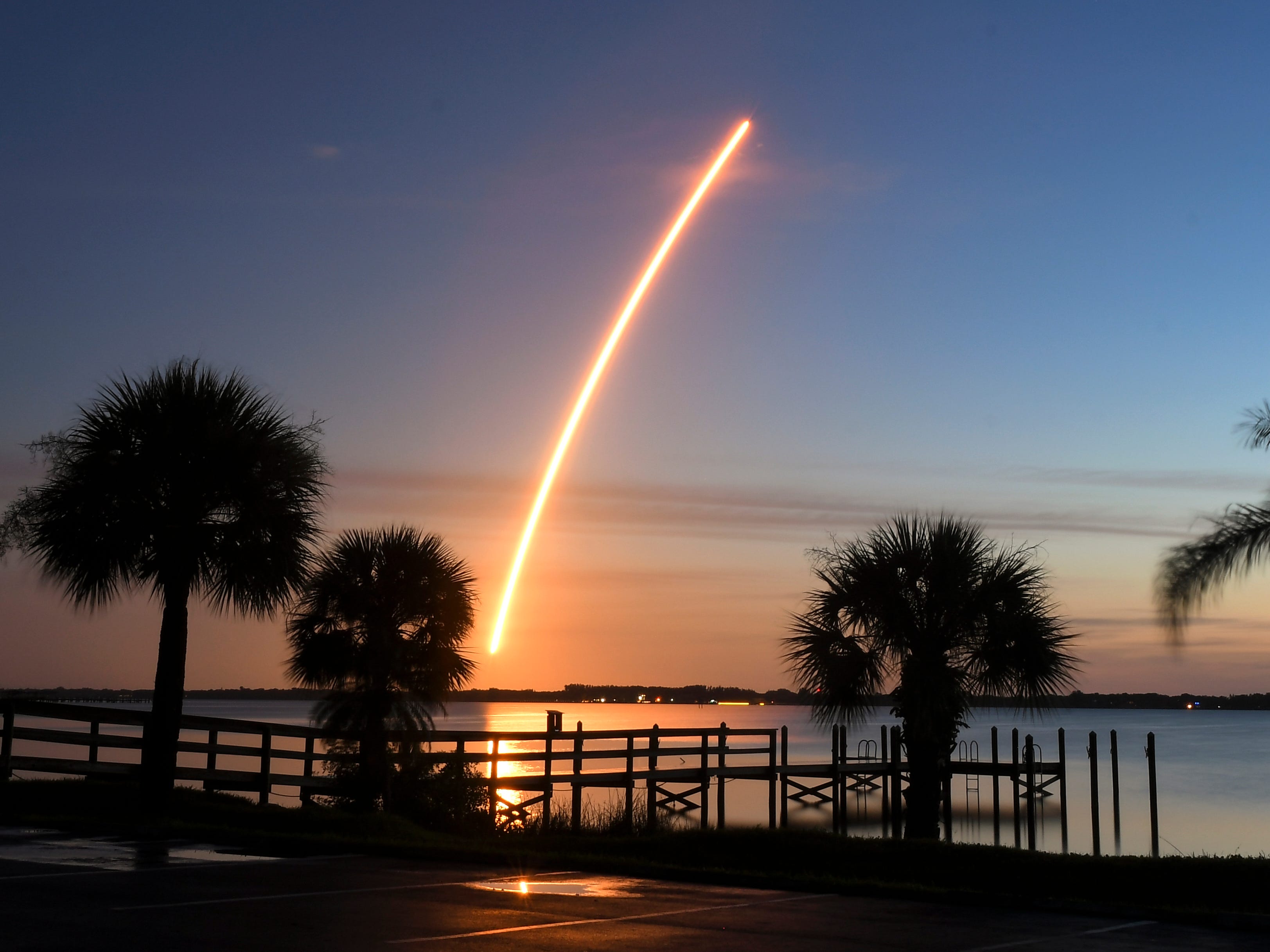 1 of 34
1 of 34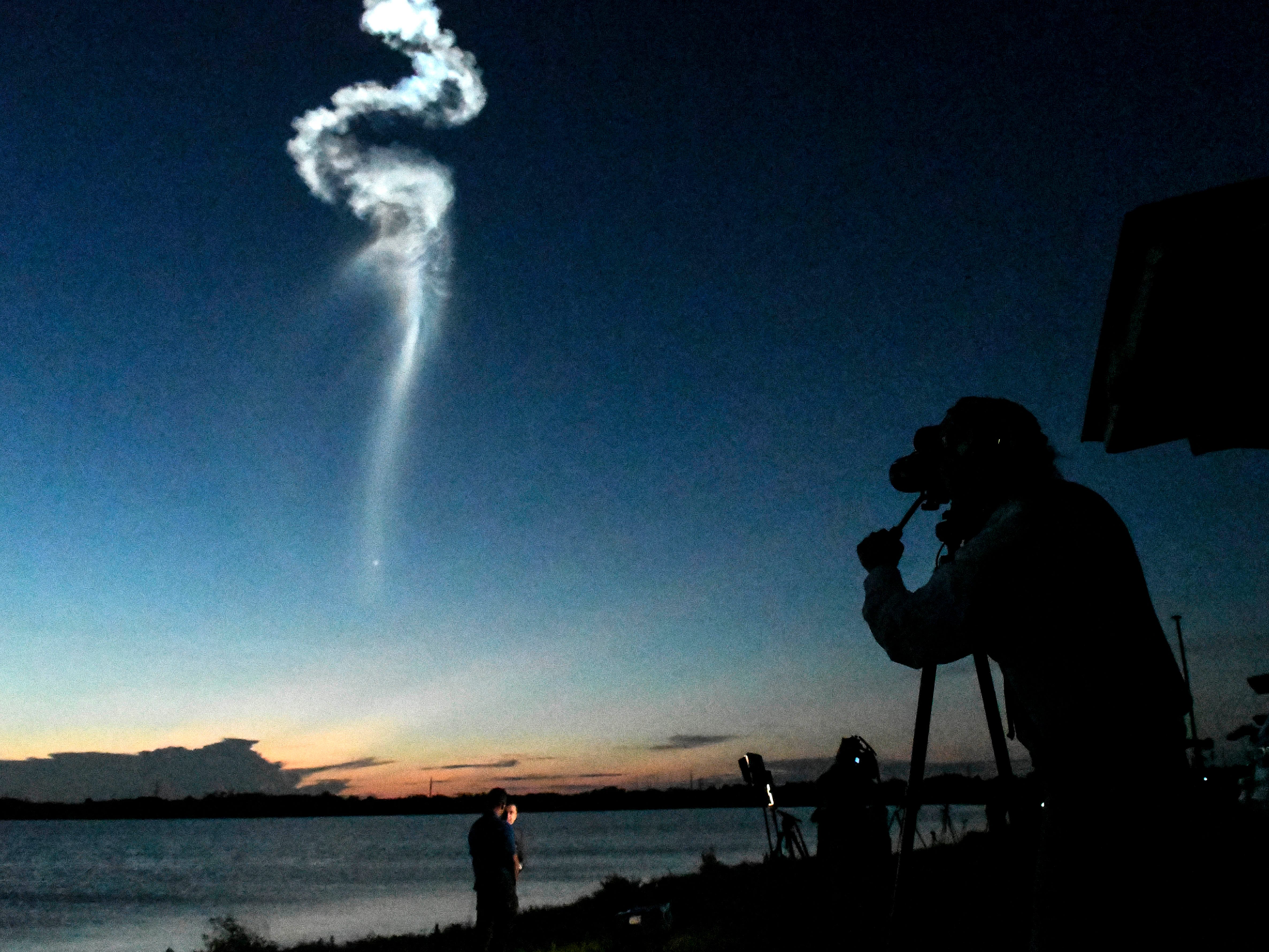 2 of 34
2 of 34 3 of 34
3 of 34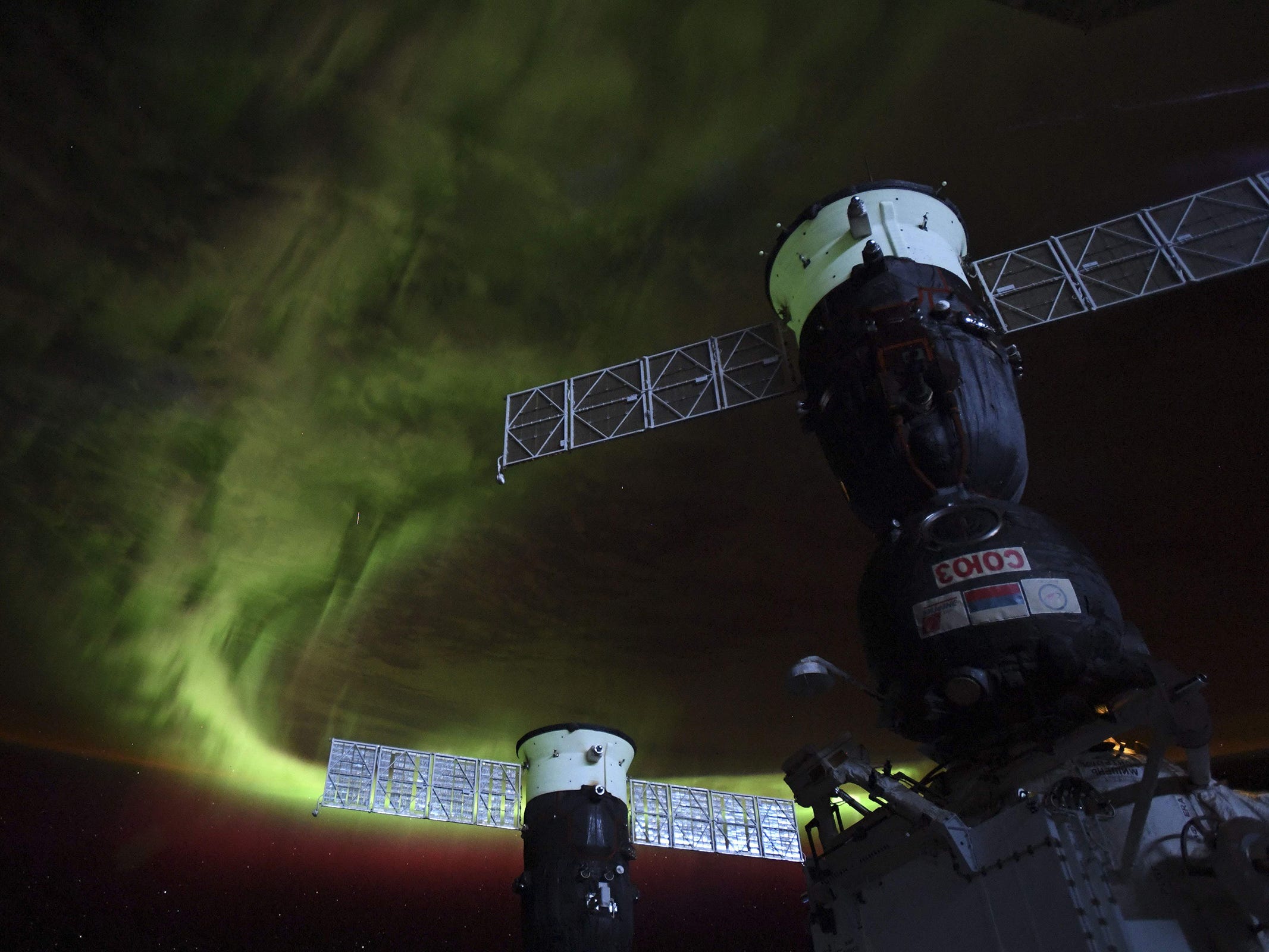 4 of 34
4 of 34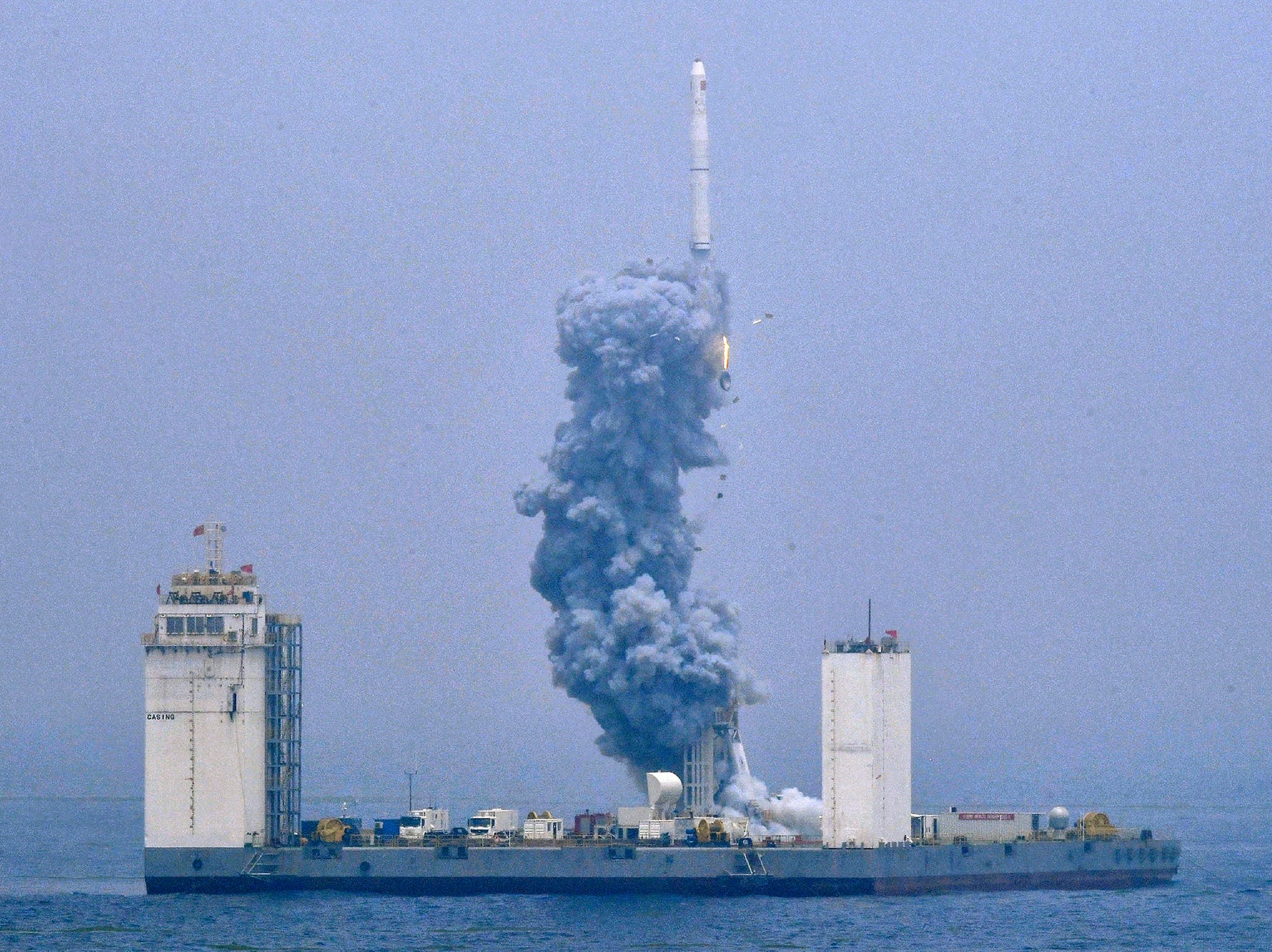 5 of 34
5 of 34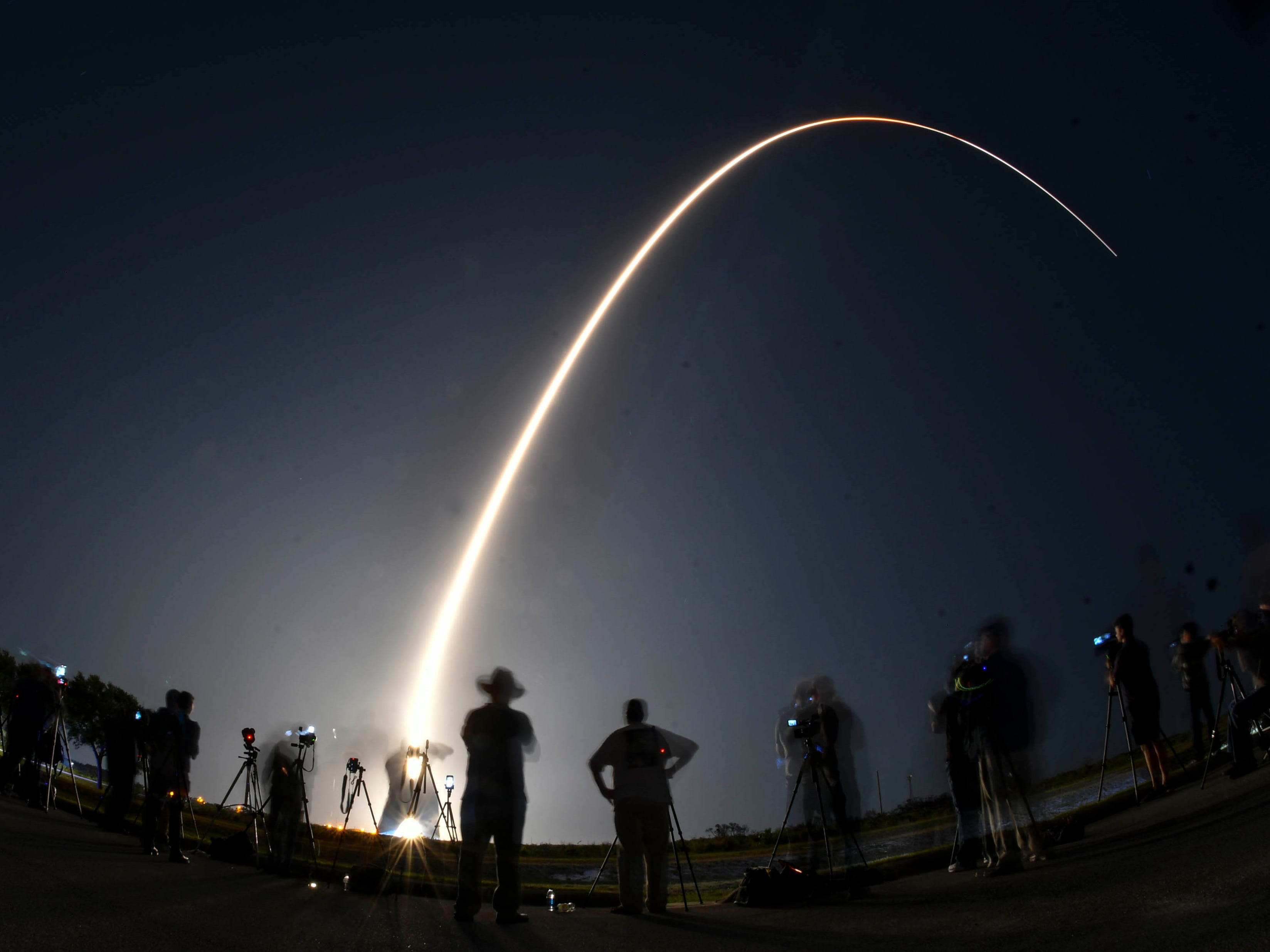 6 of 34
6 of 34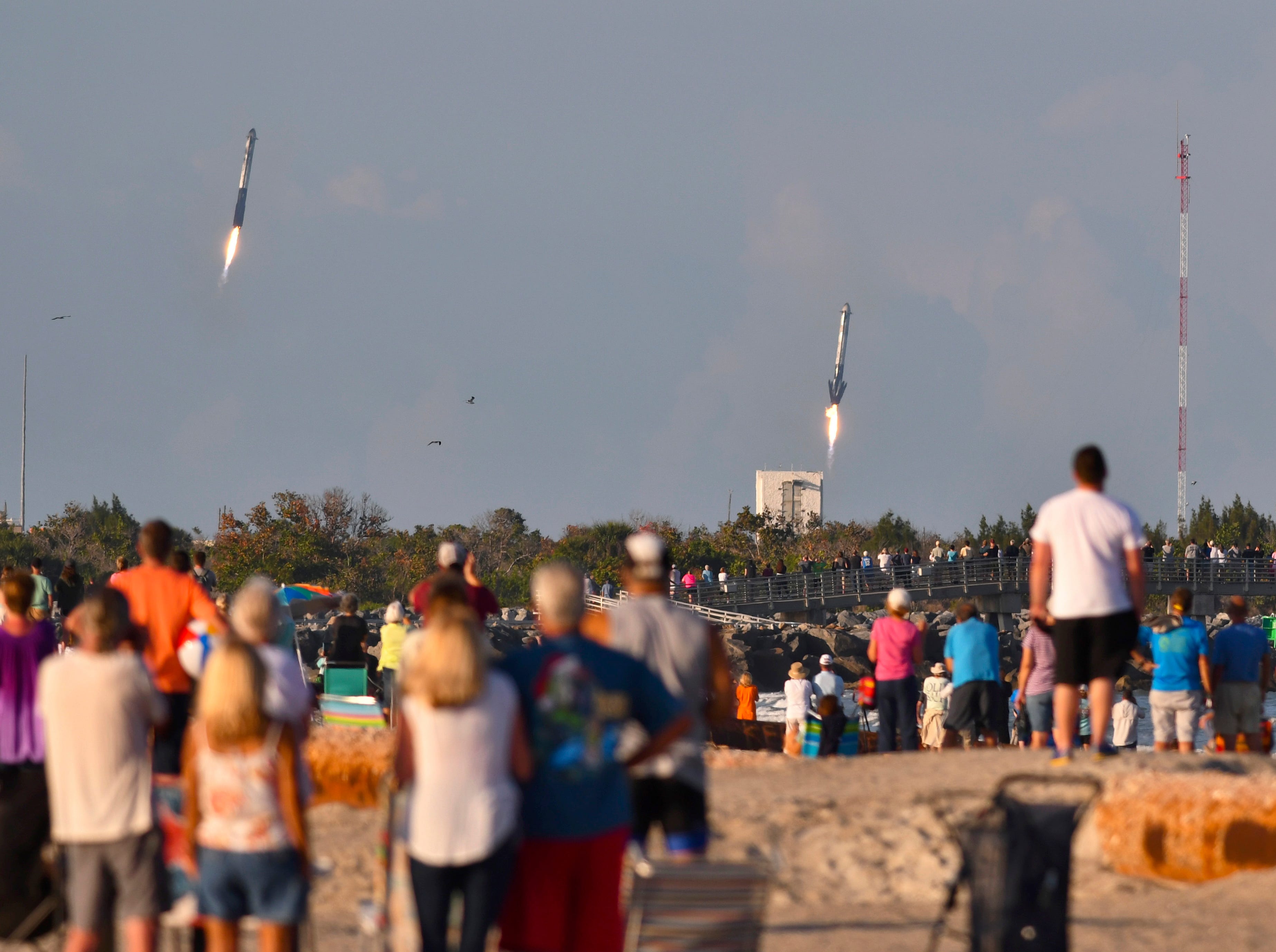 7 of 34
7 of 34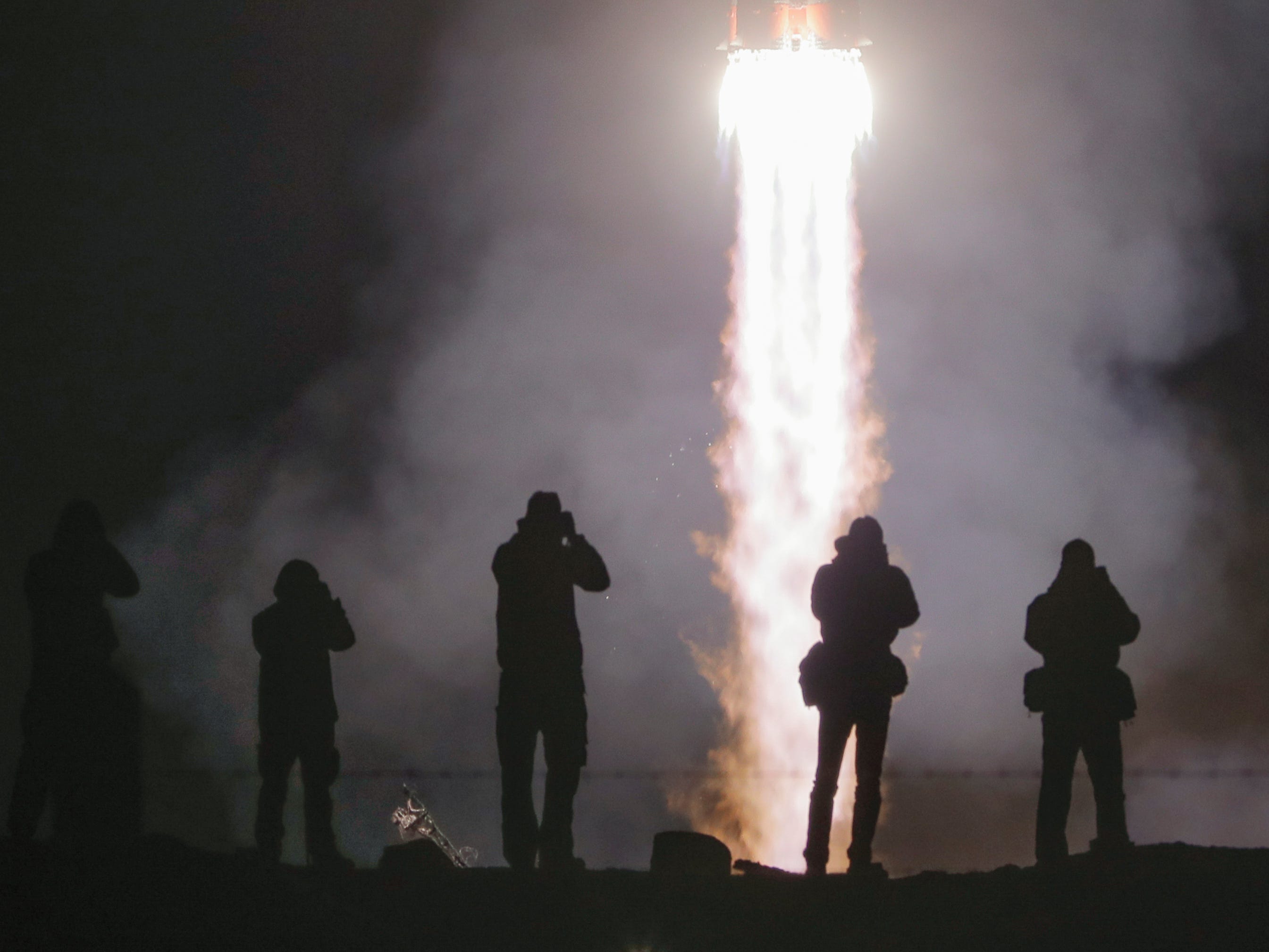 8 of 34
8 of 34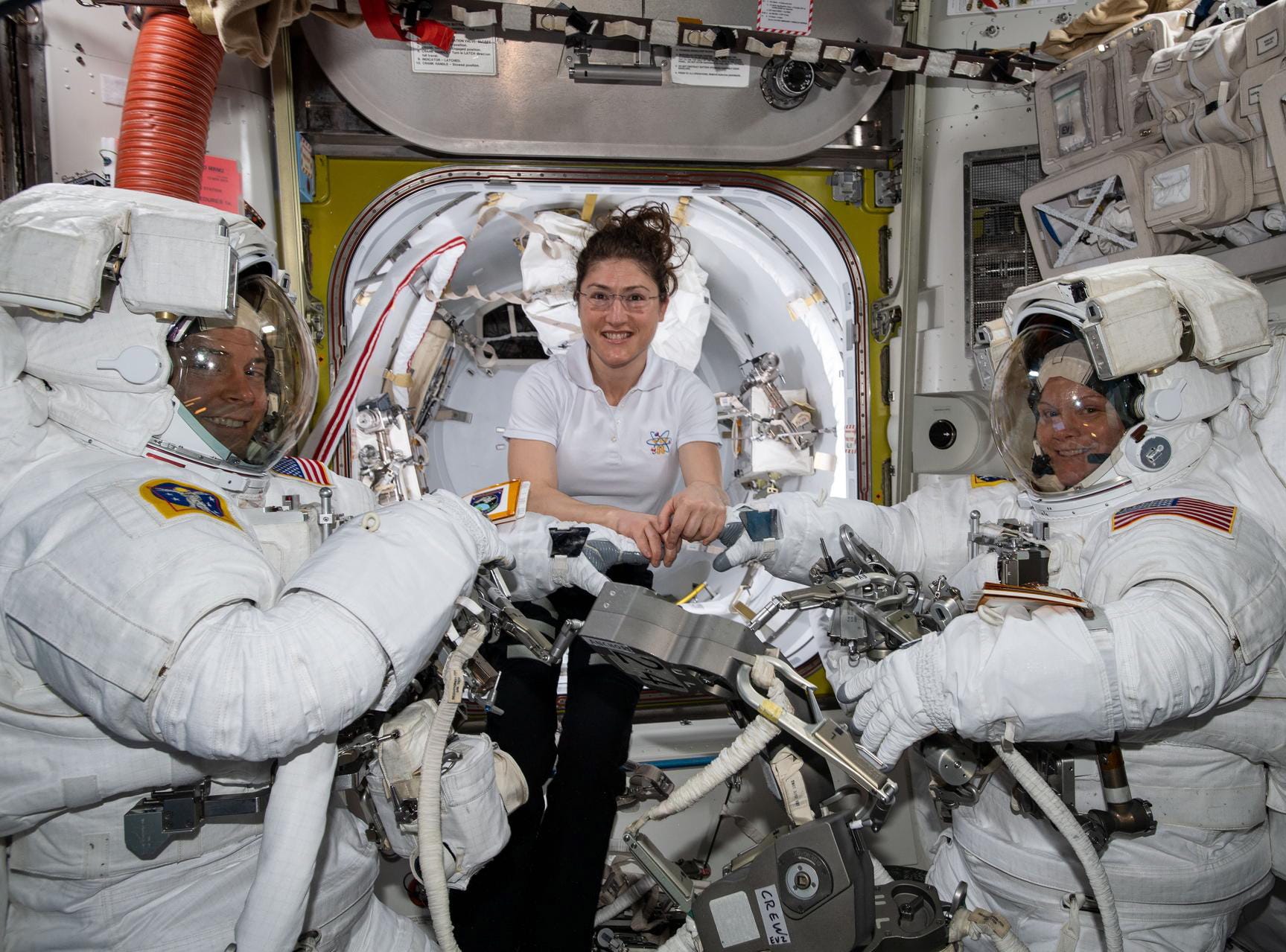 9 of 34
9 of 34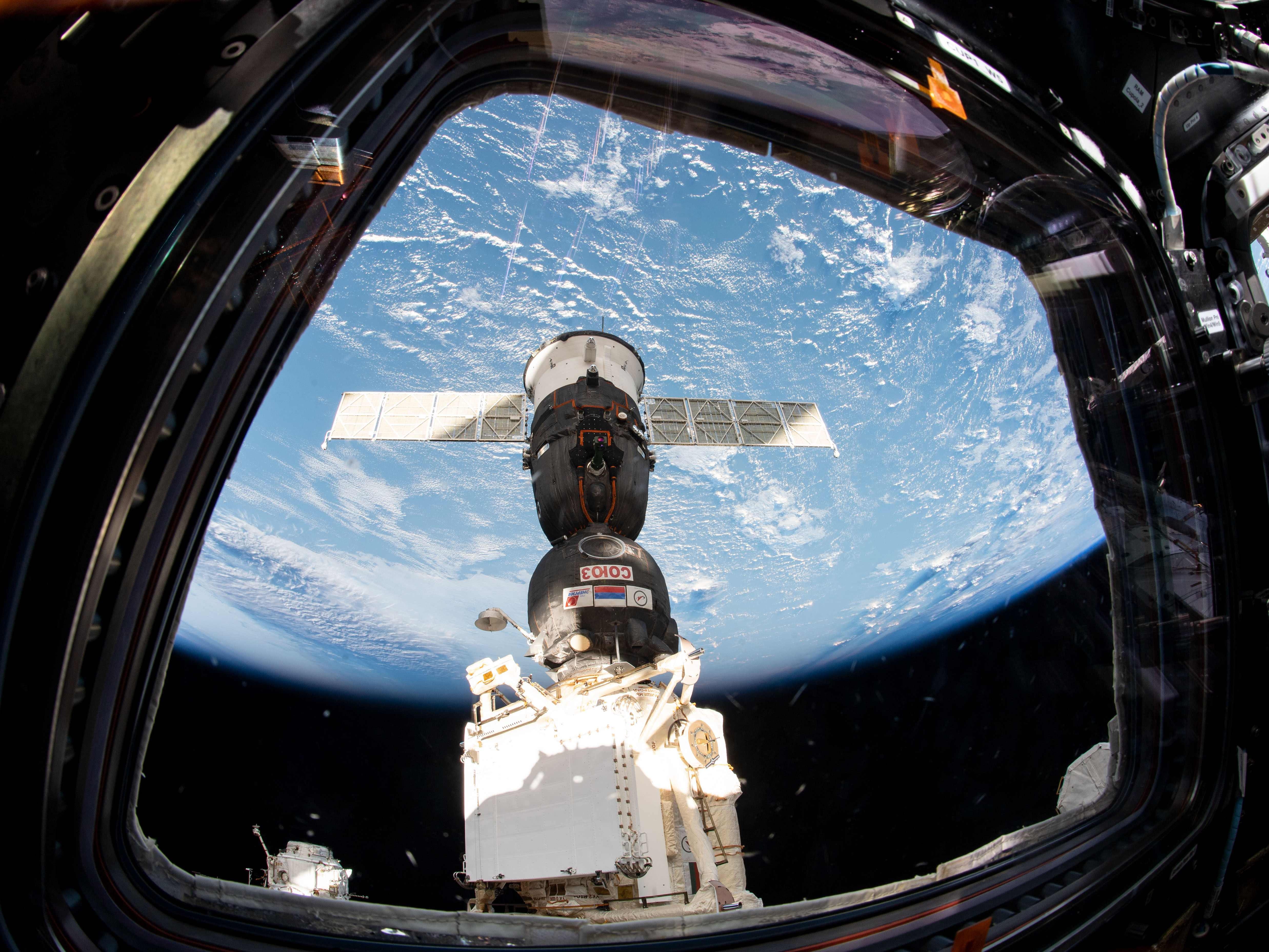 10 of 34
10 of 34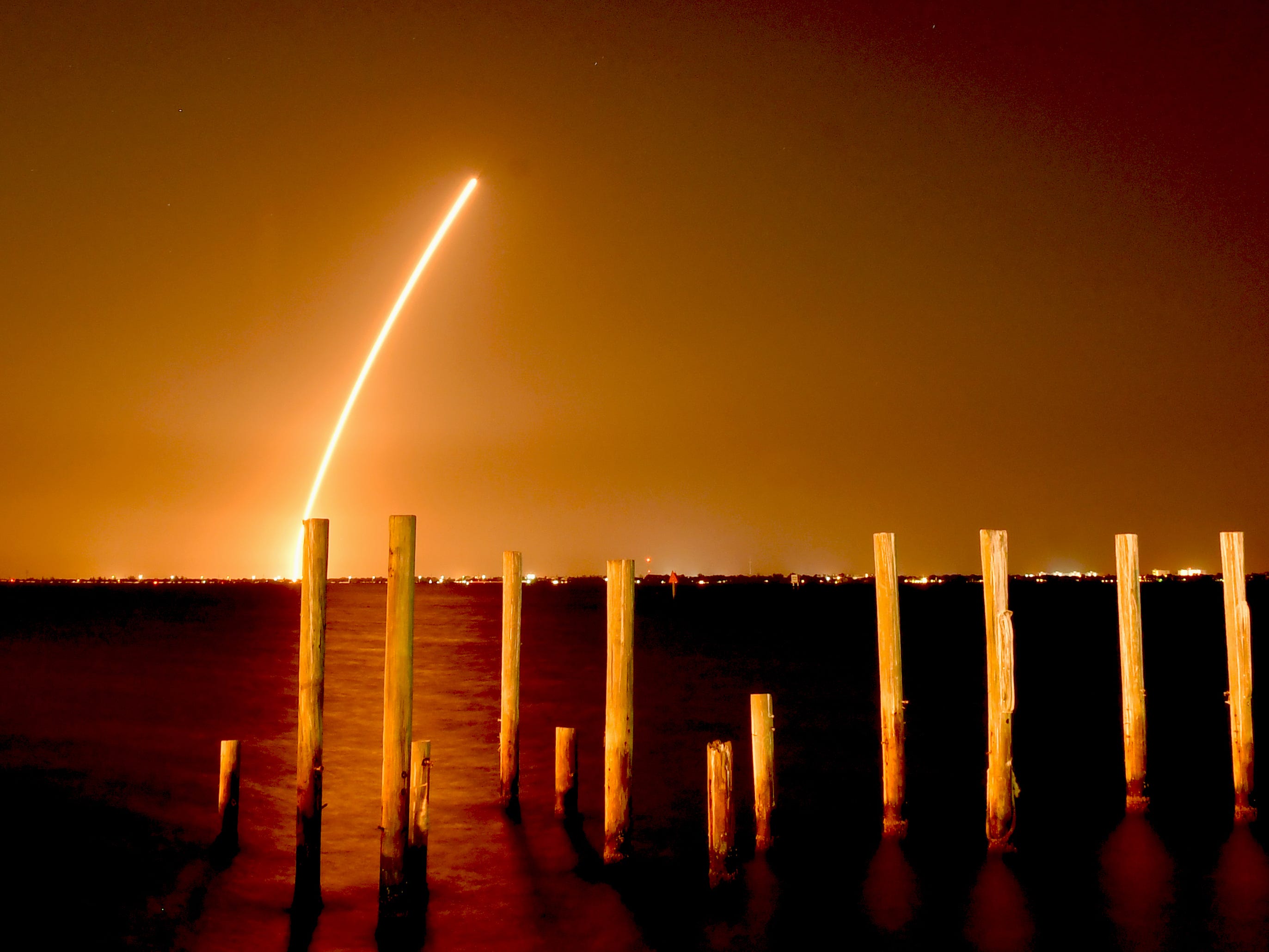 11 of 34
11 of 34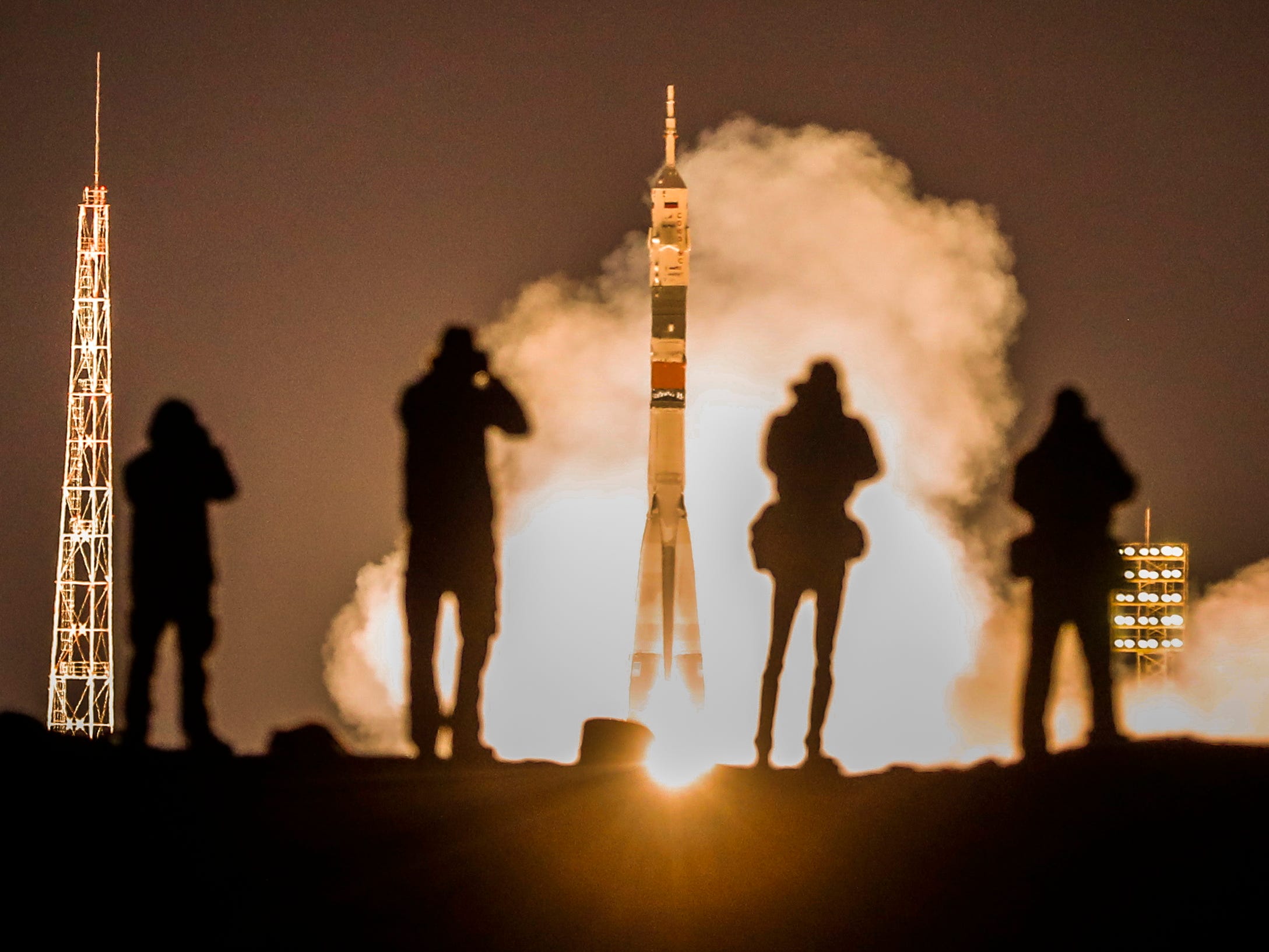 12 of 34
12 of 34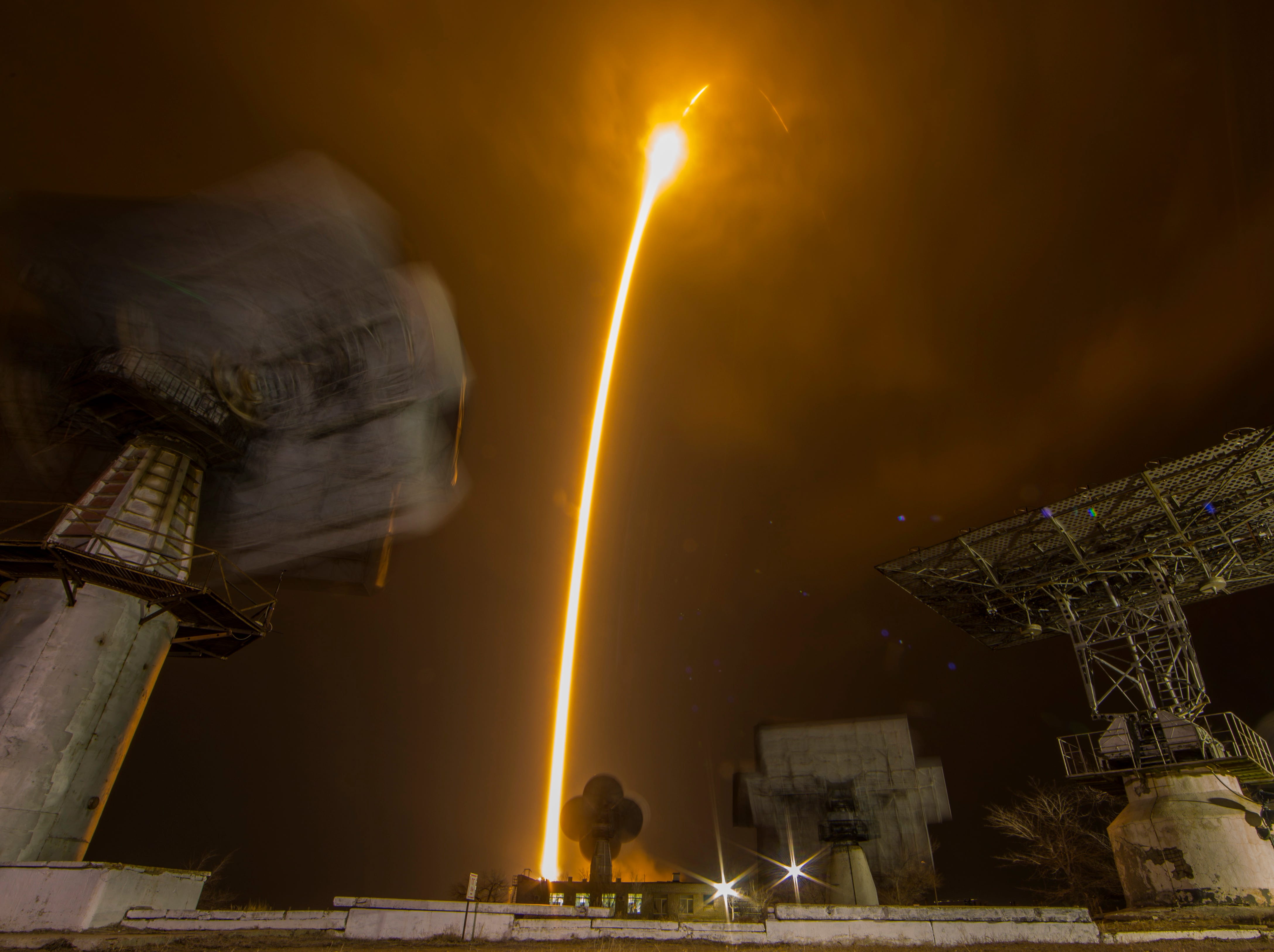 13 of 34
13 of 34 14 of 34
14 of 34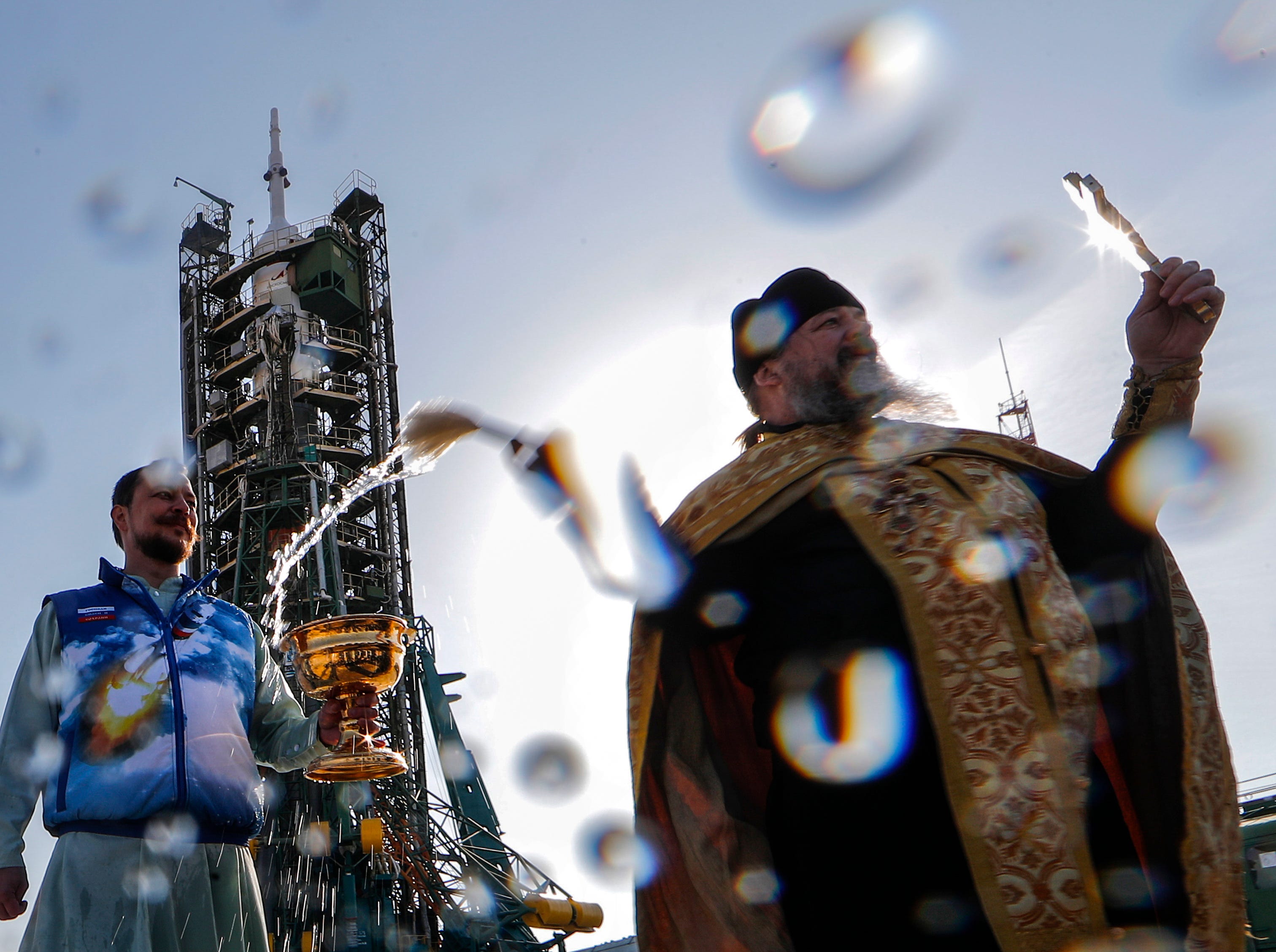 15 of 34
15 of 34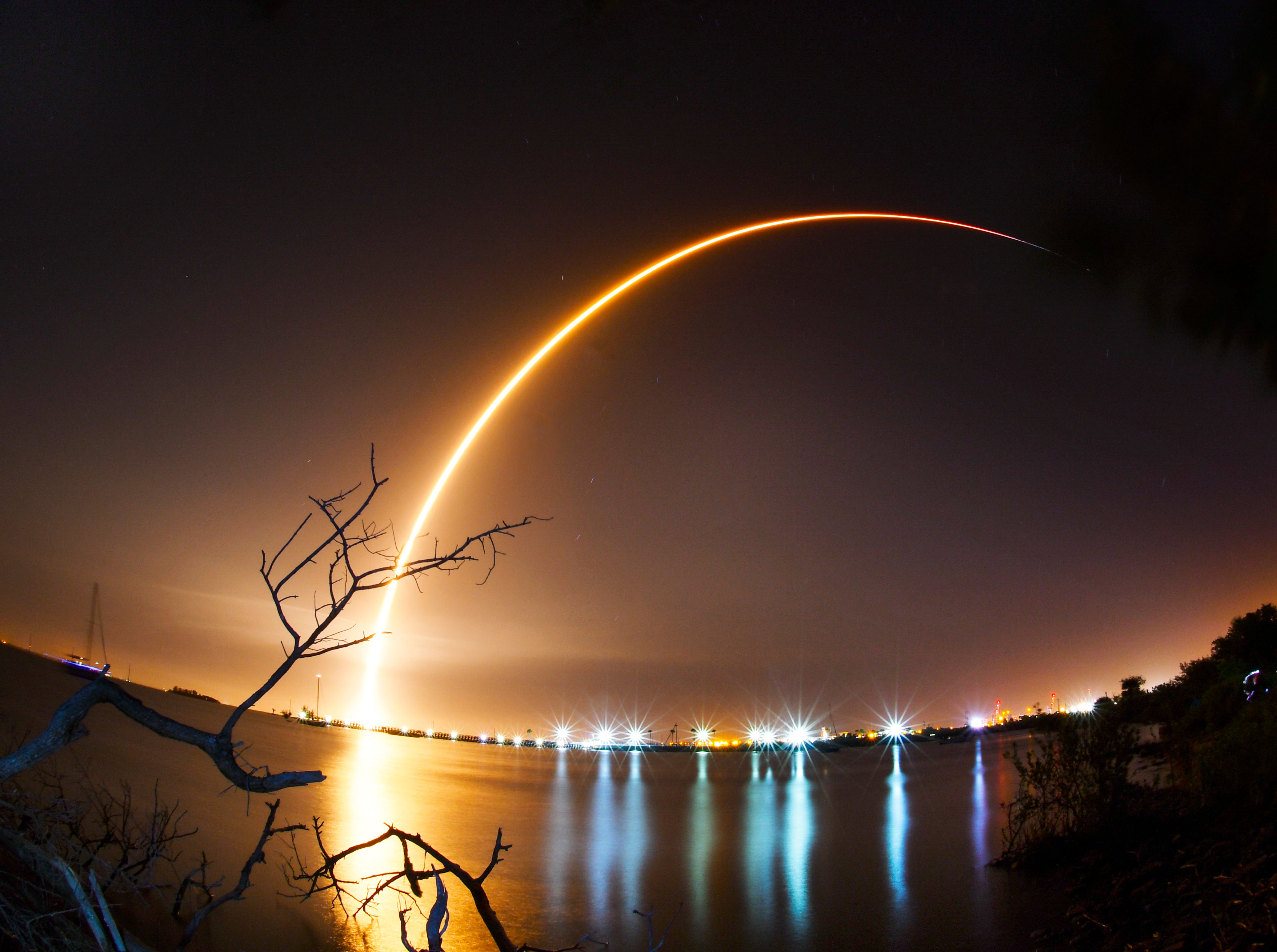 16 of 34
16 of 34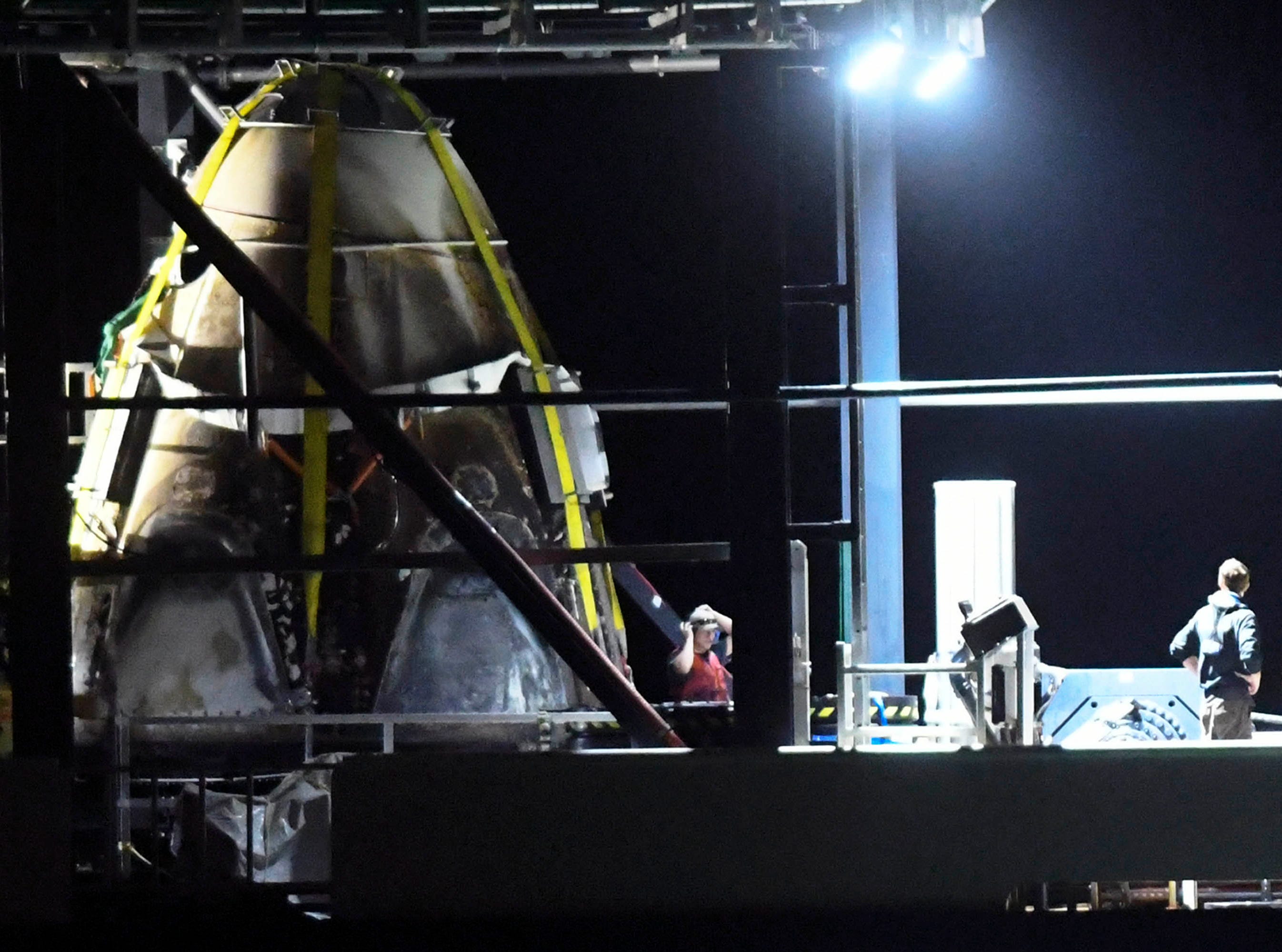 17 of 34
17 of 34 18 of 34
18 of 34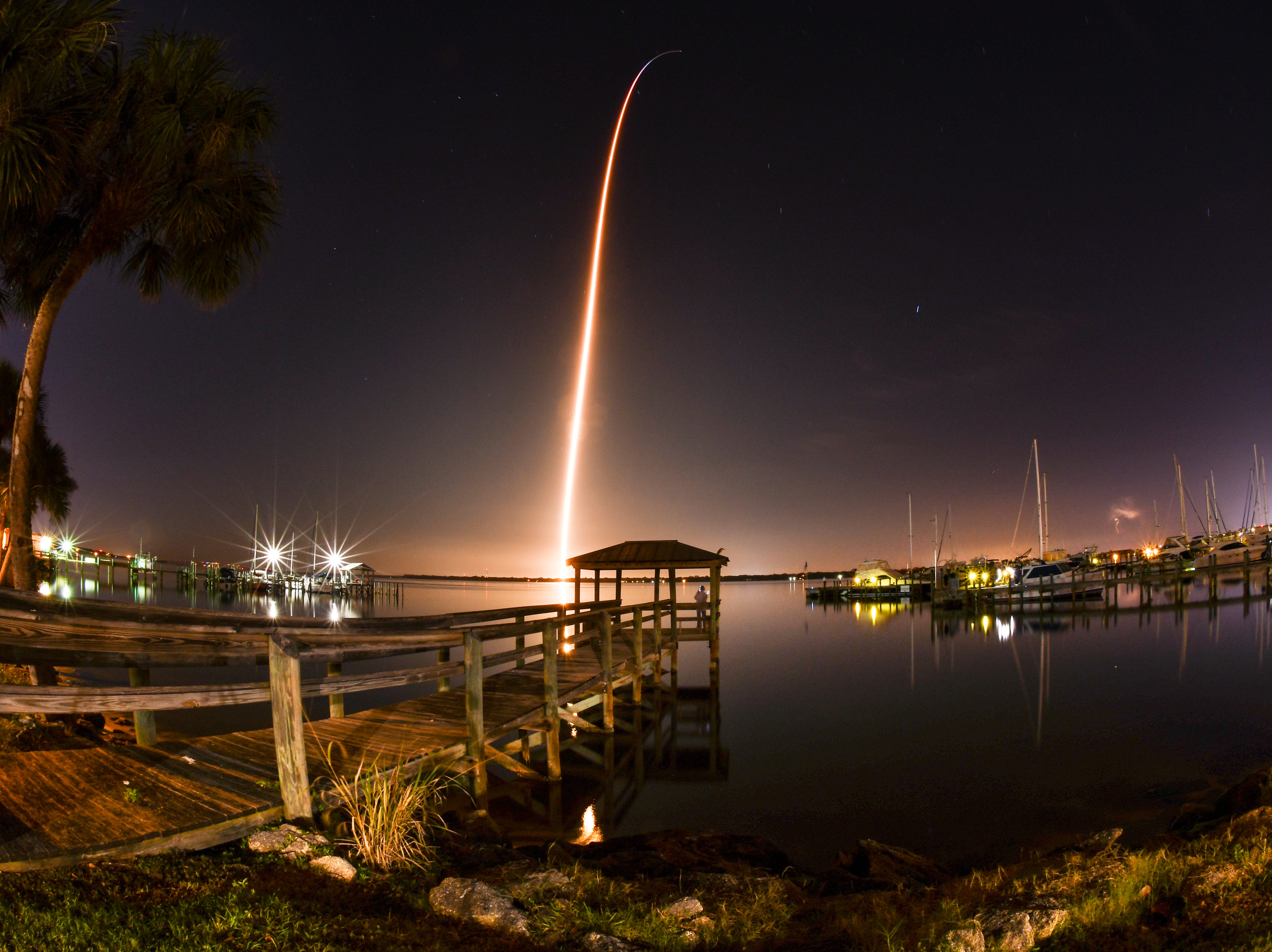 19 of 34
19 of 34 20 of 34
20 of 34 21 of 34
21 of 34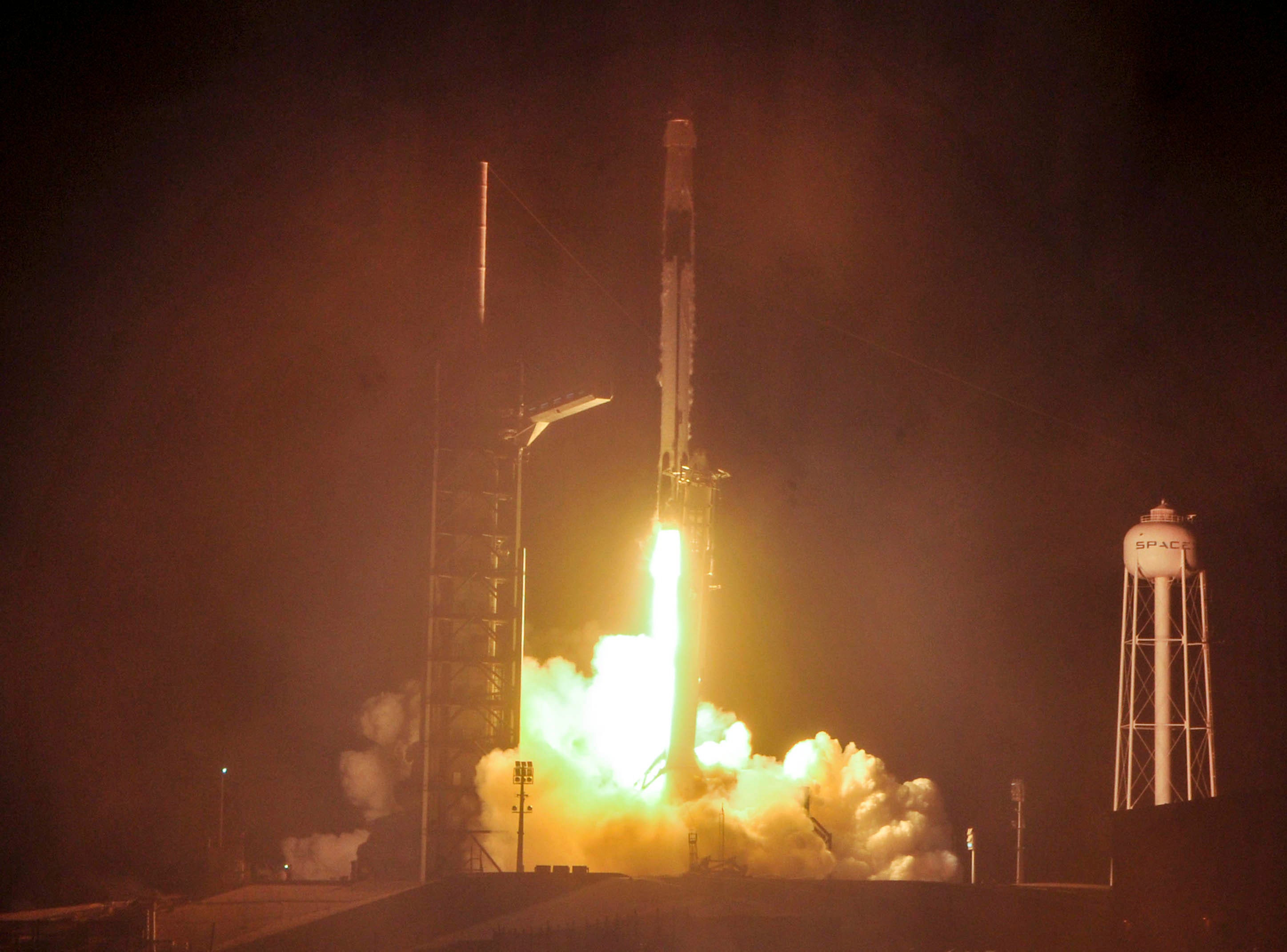 22 of 34
22 of 34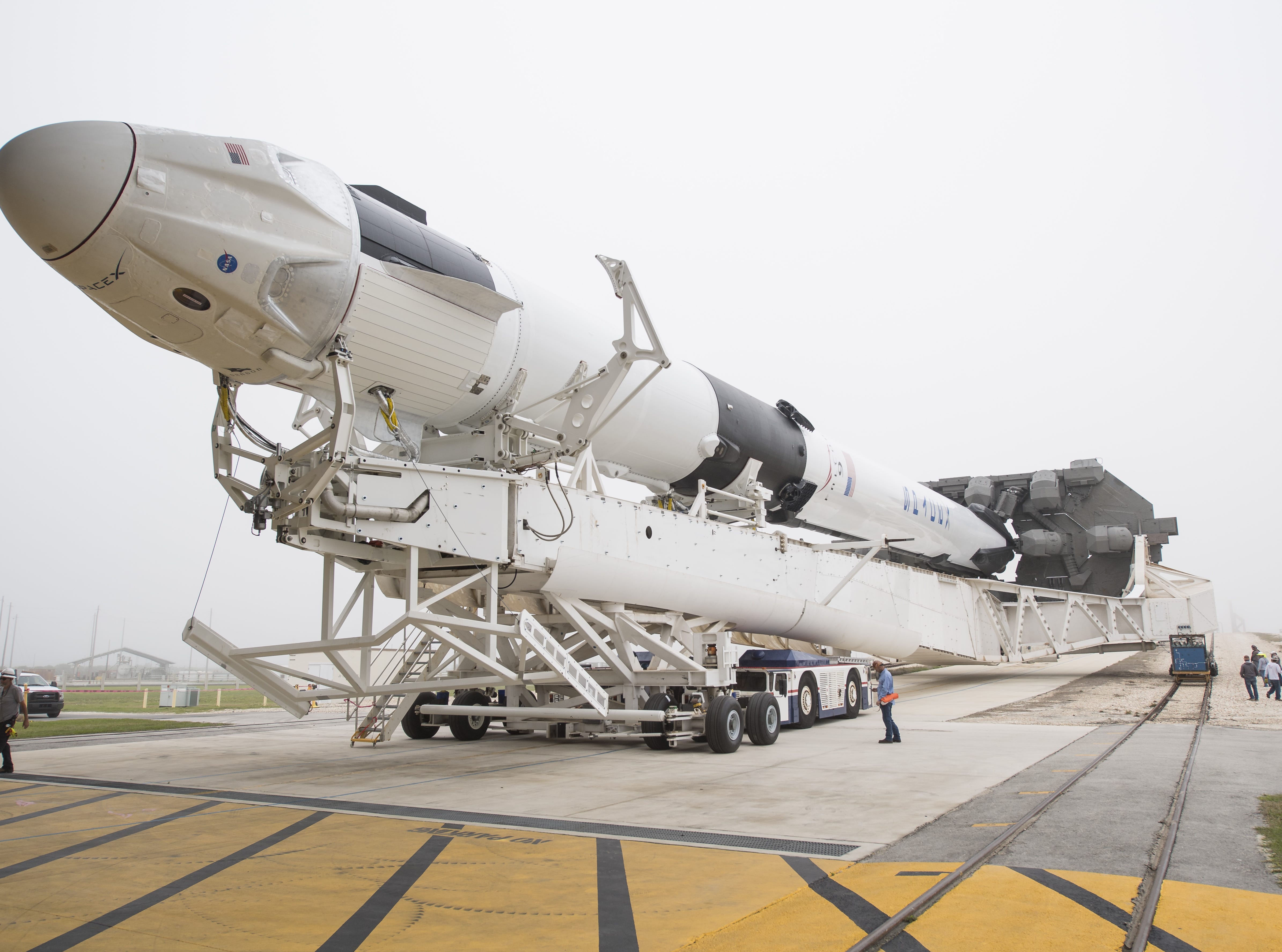 23 of 34
23 of 34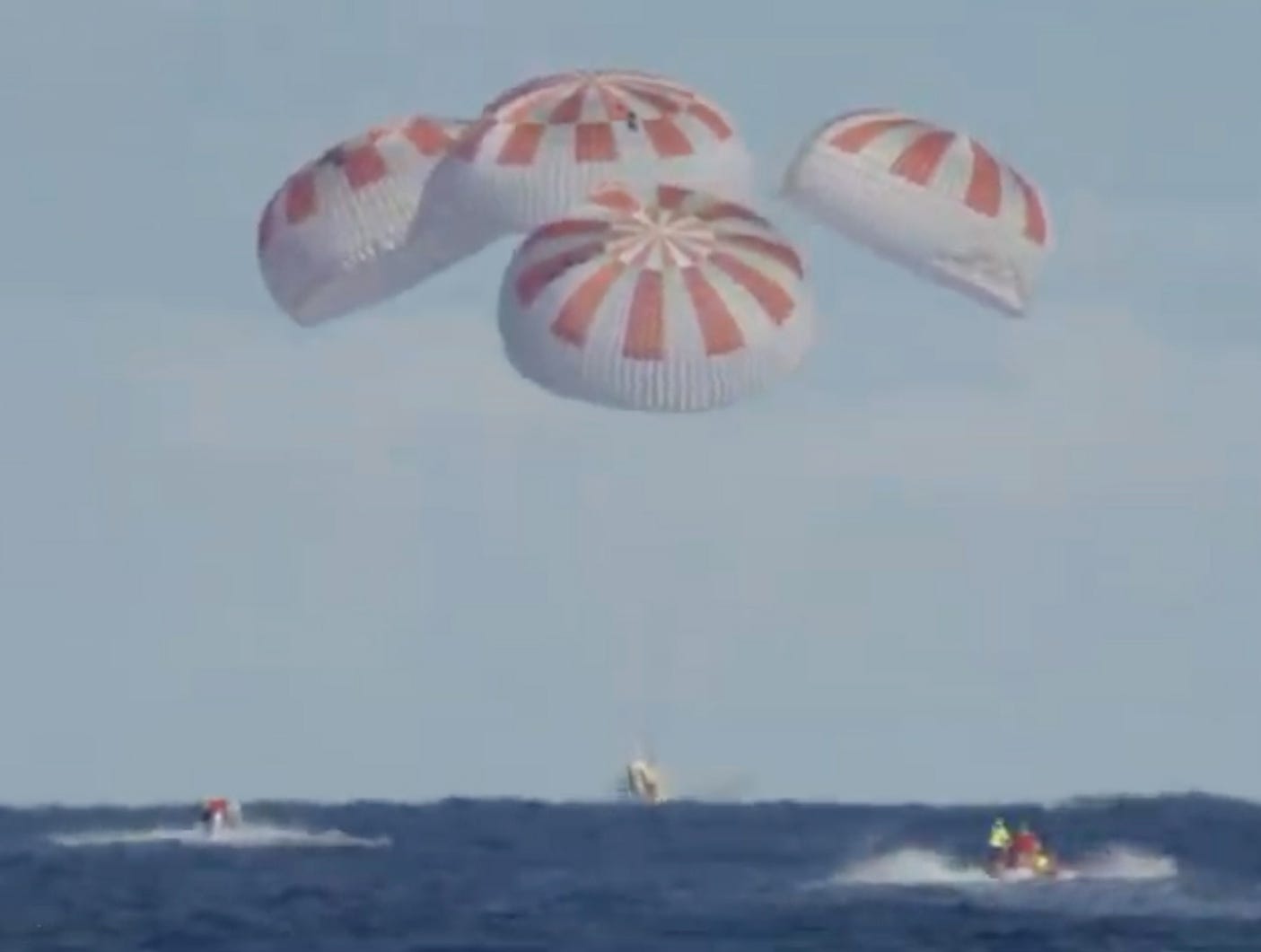 24 of 34
24 of 34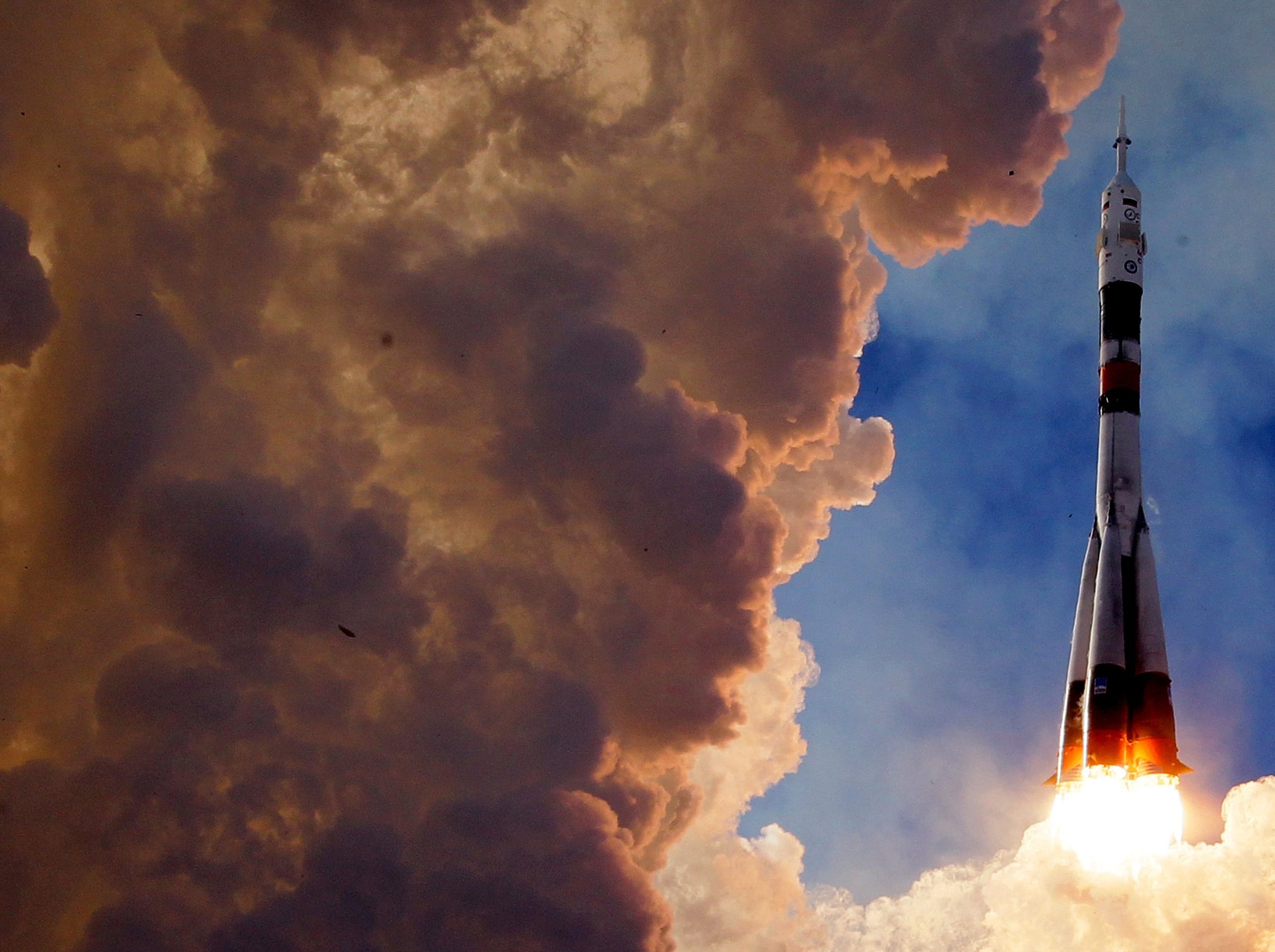 25 of 34
25 of 34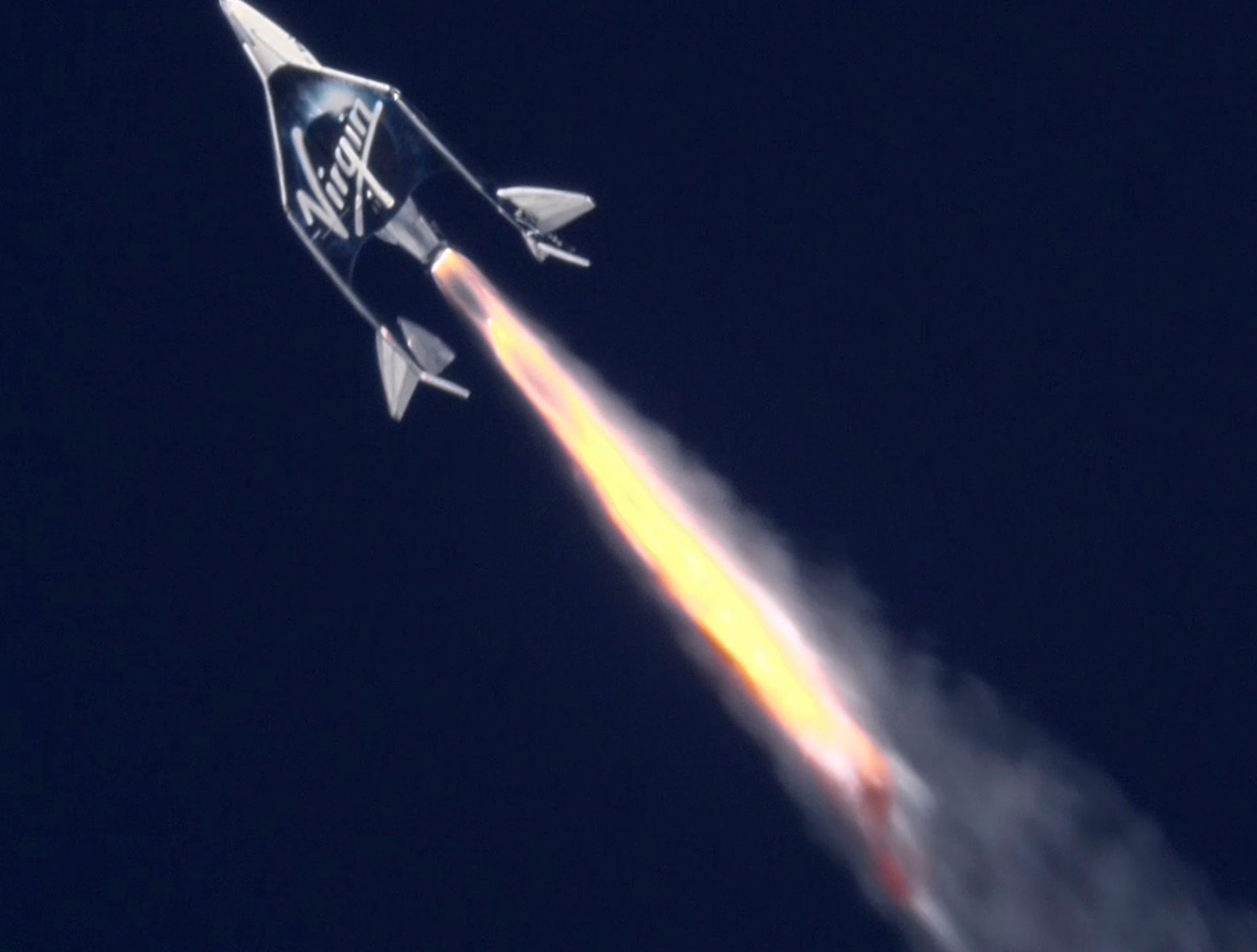 26 of 34
26 of 34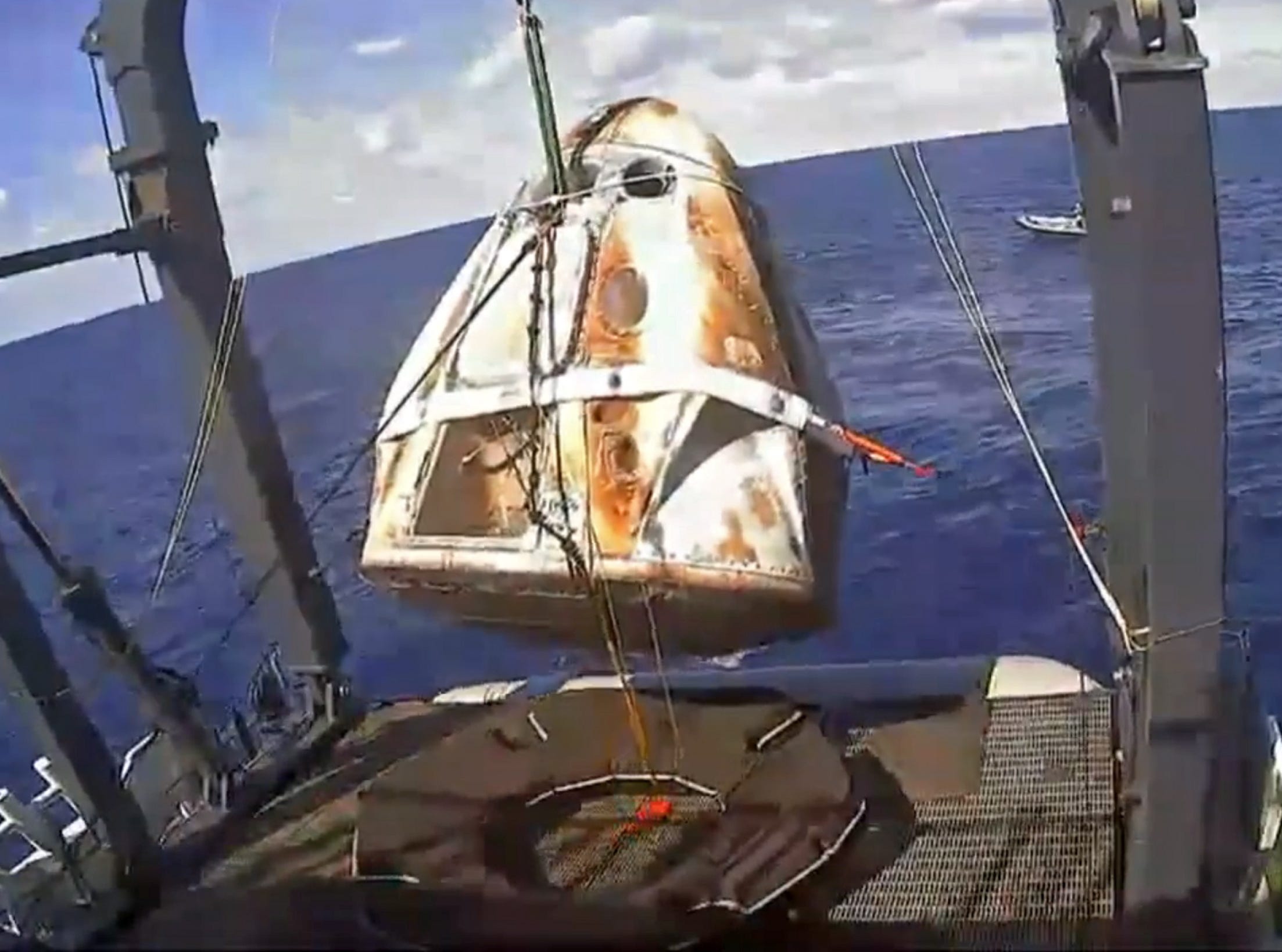 27 of 34
27 of 34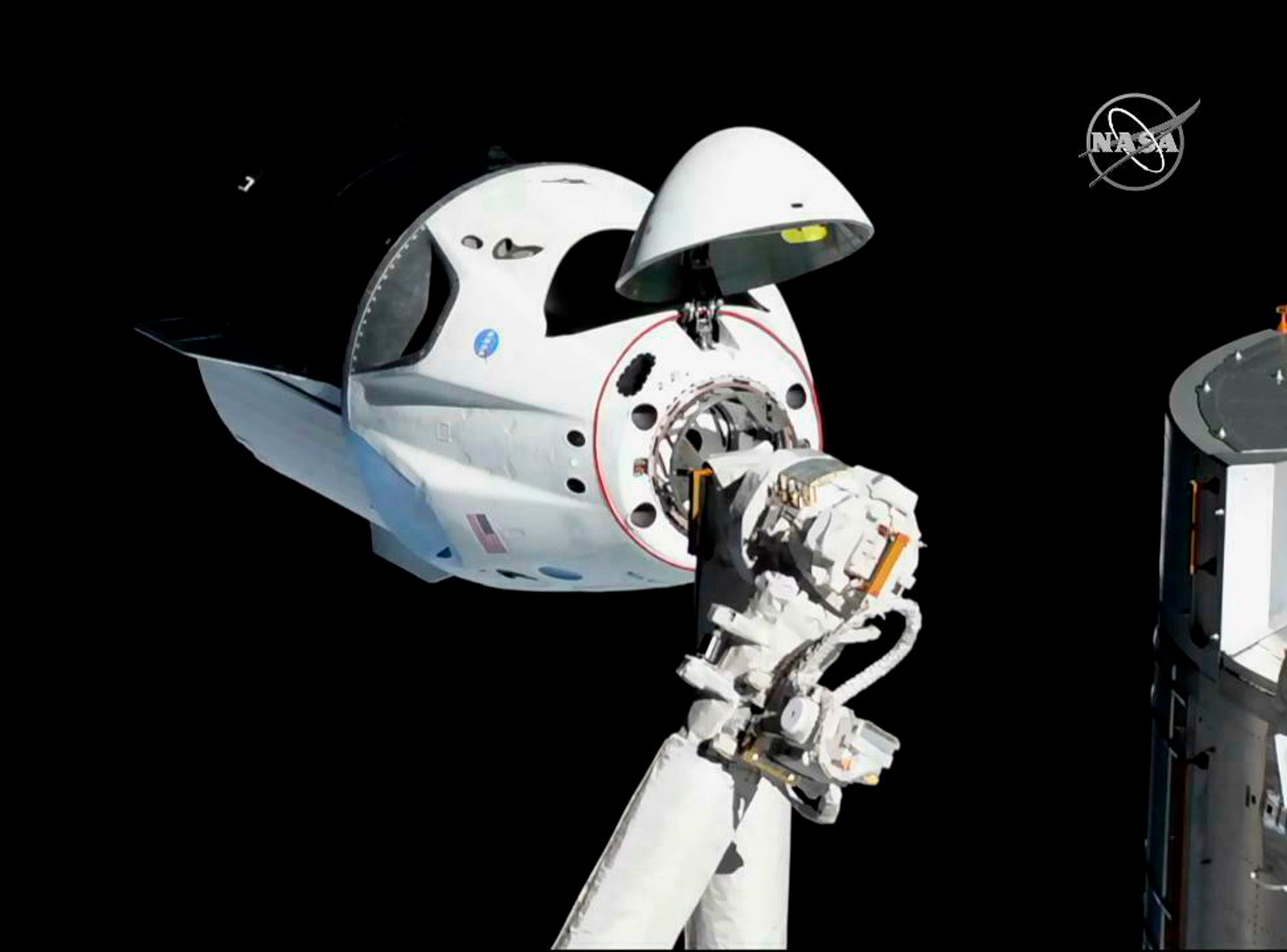 28 of 34
28 of 34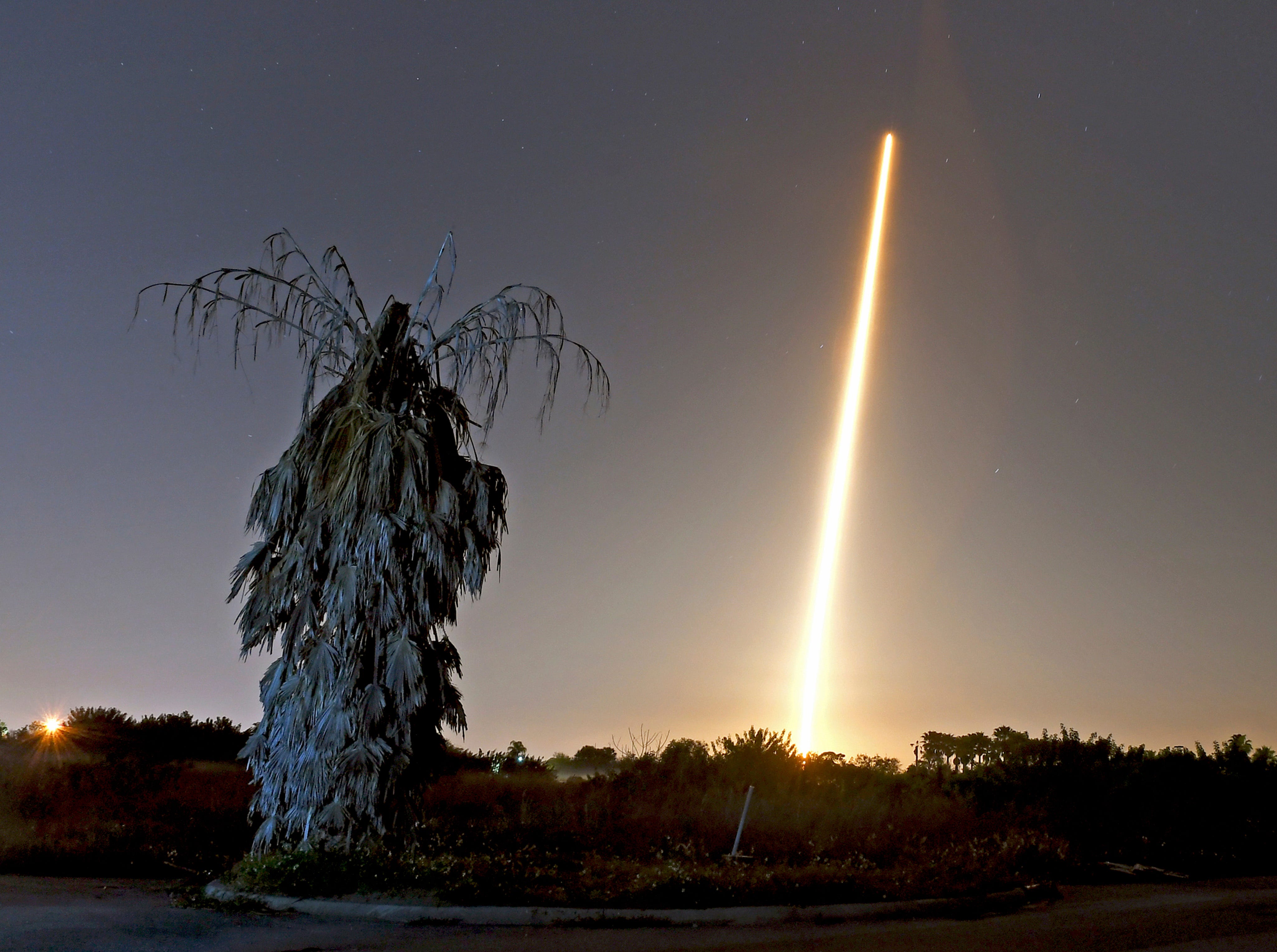 29 of 34
29 of 34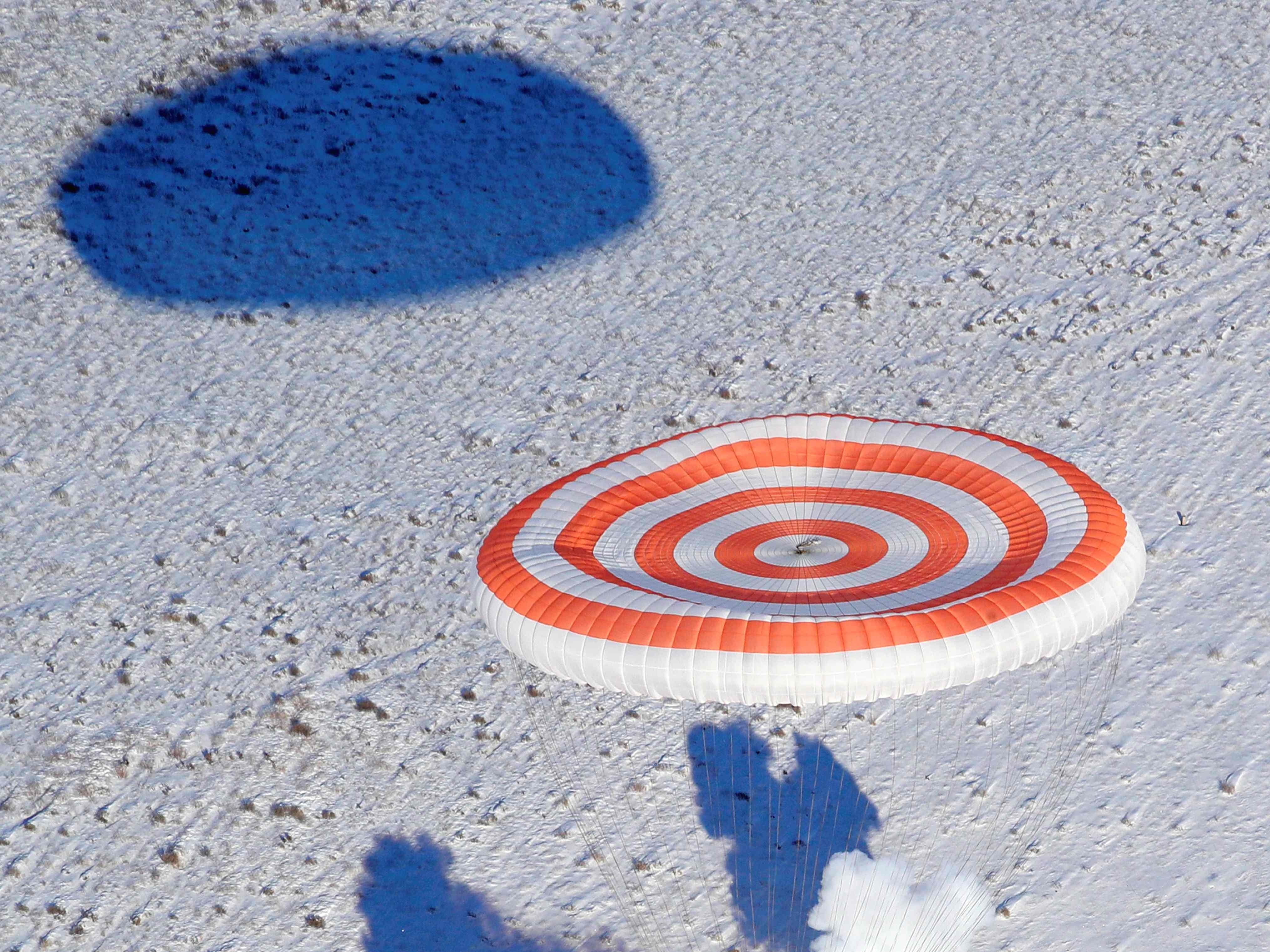 30 of 34
30 of 34 31 of 34
31 of 34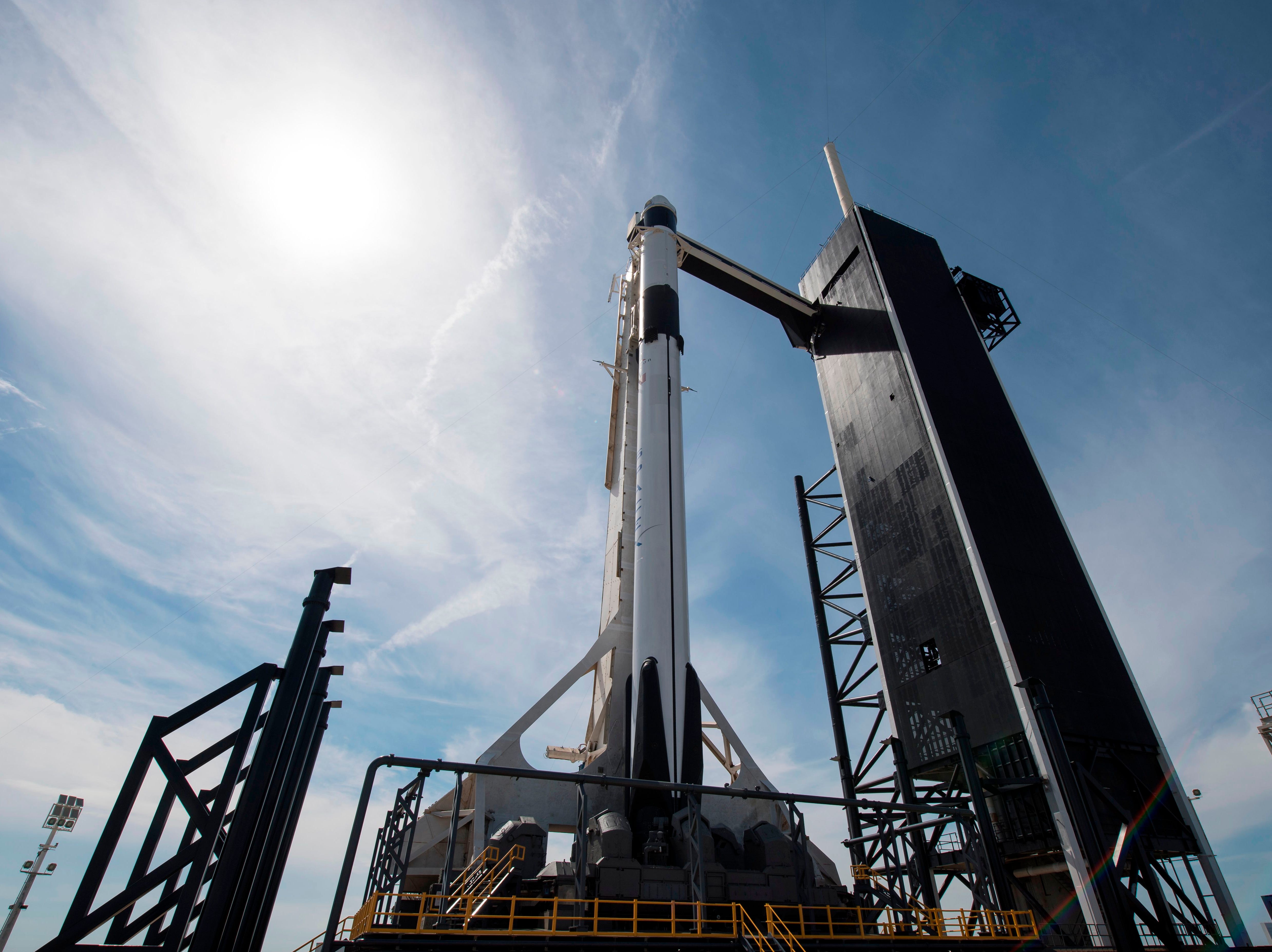 32 of 34
32 of 34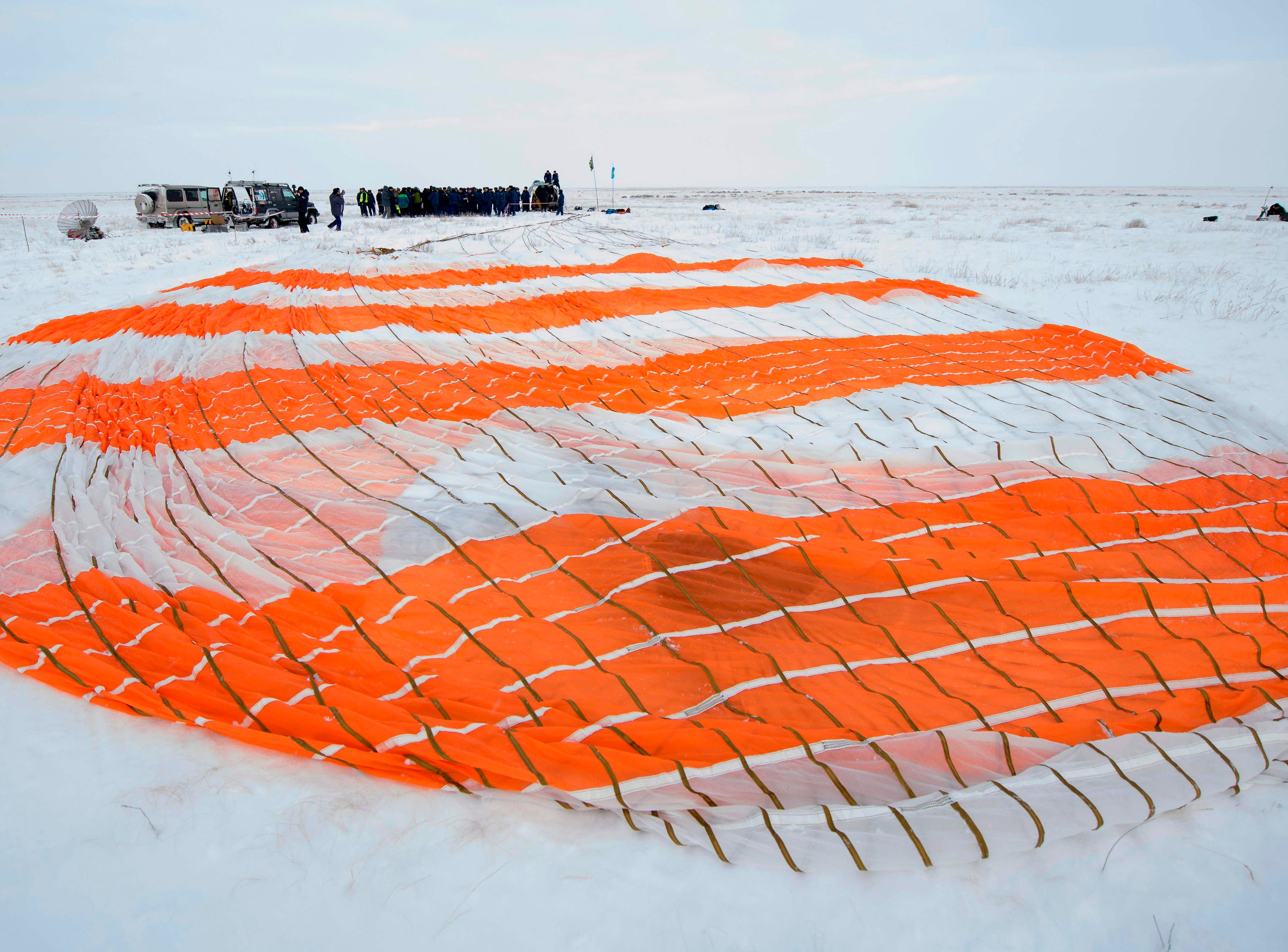 33 of 34
33 of 34 34 of 34
34 of 34




